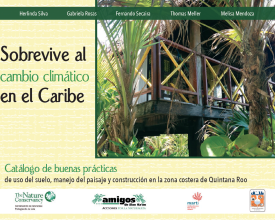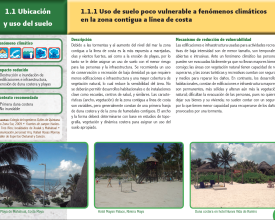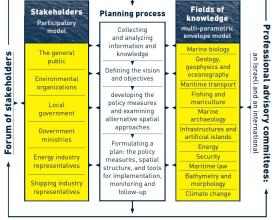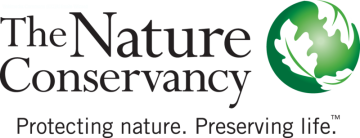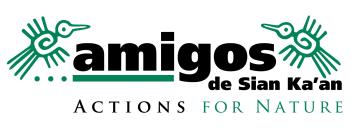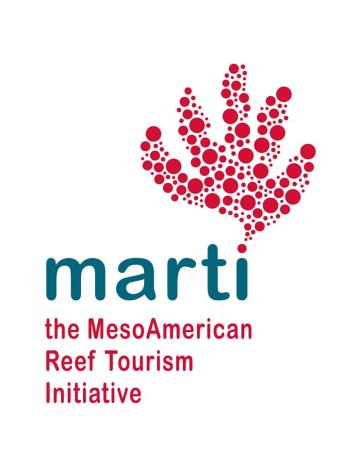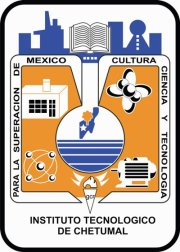
Buenas prácticas para la adaptación al cambio climático
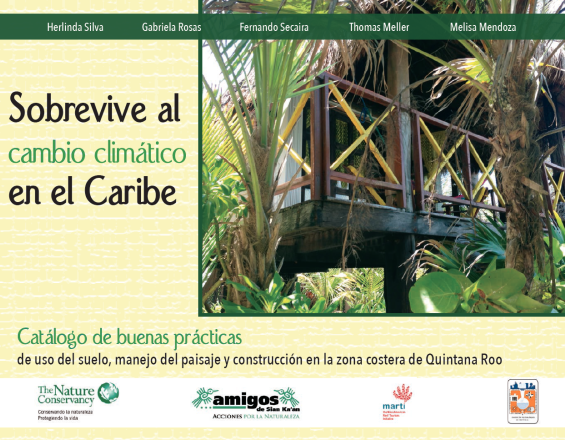
Contexto
Défis à relever
Ubicación
Procesar
Resumen del proceso
Bloques de construcción
Alianza estratégica de proyectos
La elaboración del catálogo de buenas prácticas corrió a cargo de un equipo central de socios experimentados, cada uno con una función y un nicho distintos. Una carta del equipo detalla el papel y las responsabilidades de cada socio. Los socios principales fueron: La agencia estatal de medio ambiente, cuyo objetivo es reducir los riesgos para las comunidades costeras y la industria turística. La agencia fue clave para alinear los intereses de los socios, pero no participó en el equipo central. Una iniciativa turística regional, que lleva 10 años trabajando en la zona para reducir el impacto del turismo en el medio ambiente. La iniciativa ha elaborado catálogos de mejores prácticas, impartido formación y prestado asistencia técnica, y participa en comités técnicos para revisar la zonificación municipal del uso del suelo. La escuela de arquitectura local forma tanto a estudiantes como a profesionales, y trabaja con los municipios para mejorar las condiciones urbanas, la zonificación del uso del suelo y los códigos de construcción. La escuela contó con la participación de profesores y estudiantes de los sectores de la gestión de los océanos, la biología y la ingeniería, y aportó tiempo del profesorado e instalaciones. Una ONG mundial asociada desarrolló herramientas para evaluar los riesgos del cambio climático costero y promover el uso de defensas naturales. La organización ayudó a formar alianzas y asociaciones, y aportó financiación para llevar a cabo el proceso.
Factores facilitadores
- La existencia de asociaciones con las capacidades adecuadas que complementaran las necesidades y habilidades de los demás.
- Disponibilidad de recursos y financiación.
- Alineación de intereses y voluntad de colaboración.
Lección aprendida
Las personas y los empresarios están dispuestos a colaborar si se dan las condiciones adecuadas: transparencia, un proceso organizado y objetivos claros. Un equipo central (3 socios) que dirija y convoque a un amplio abanico de aliados (asociaciones profesionales, hoteles, gobiernos) es un planteamiento eficaz. El equipo central mantiene el foco, facilita la comunicación y permite la participación de otras partes interesadas.
Participación de los grupos de interés
El equipo central del proyecto se puso en contacto con dos gobiernos municipales, las asociaciones hoteleras regionales, casi 40 propietarios y gestores de hoteles, profesores y arquitectos de institutos técnicos y asociaciones de ingenieros para evaluar su interés en participar en el proyecto. Los socios organizaron paneles y reuniones para presentar el proyecto, su importancia y las formas de participación. Esta fase fue fundamental para implicar plenamente a los grupos de interés, no sólo para proporcionarles información, sino, lo que es más importante, para aumentar su disposición a utilizar los resultados. Los grupos de interés participaron en el proceso de arranque, proporcionaron información, examinaron los resultados, revisaron cada práctica identificada y actualmente participan en la difusión del catálogo.
Factores facilitadores
Varios huracanes azotaron la región en los últimos 13 años, lo que hizo que la población tomara conciencia de su vulnerabilidad y de la urgencia de hacer frente a los efectos y acontecimientos del cambio climático. Los miembros del equipo central tienen una larga y reconocida experiencia en el estado.
Lección aprendida
La participación temprana de las partes interesadas y los grupos de interés es importante para obtener la adhesión al proceso y la aceptación de los resultados.
Documentación de experiencias y prácticas
Un equipo técnico elaboró la metodología y los instrumentos para recoger, organizar y evaluar la información. Incluía orientaciones para los recopiladores de datos, un formato para descargar la información, formularios para obtener autorización para publicar las respuestas e imágenes de las mejores prácticas. Se formó a estudiantes de institutos técnicos para que utilizaran y probaran los instrumentos de recogida de datos. Una ONG medioambiental local se centró en la zona norte del Estado, donde entrevistó a directivos de grandes empresas y urbanizaciones turísticas, basándose en la larga relación de la ONG con la industria turística. El instituto técnico se centró en el sur del Estado y entrevistó a propietarios de pequeños hoteles y casas en comunidades costeras. El instituto técnico creó una base de datos con la información de ambas zonas. La base de datos fue revisada minuciosamente por el equipo técnico y posteriormente por expertos locales (arquitectos, ingenieros, biólogos, oceanógrafos) en talleres, por correo electrónico y en entrevistas personales organizadas por las tres organizaciones.
Factores facilitadores
Los expertos se mostraron muy interesados y dedicaron tiempo de calidad a la revisión, reconociendo la importancia del catálogo resultante de su temprana implicación en el proceso. Como institución académica, el instituto técnico organizó un grupo de estudiantes dedicados junto con profesores multidisciplinares para llevar a cabo la encuesta y las revisiones en la zona sur, al tiempo que se creaban capacidades en el proceso.
Lección aprendida
Dedicar tiempo suficiente a desarrollar los instrumentos y ponerlos a prueba fue crucial para el éxito de la recogida de datos. El equipo no tuvo que volver atrás para recoger más información. Garantizar financiación y tiempo suficientes para todas las fases del proyecto es fundamental. Los socios dispusieron de tiempo y personal para la planificación, el desarrollo de instrumentos, la creación de alianzas, la recogida de datos, la integración de la información y la organización de revisiones por expertos. Estas fases duraron 10 meses. Sin embargo, la edición final y el diseño del catálogo junto con las imágenes y diagramas apropiados y autorizados duraron otros 10 meses, mucho más tiempo del previsto, debido a la falta de financiación y de personal disponible. El retraso puso en peligro la aceptación del producto entre las partes interesadas, cuyo entusiasmo se desvanecerá de forma natural.
